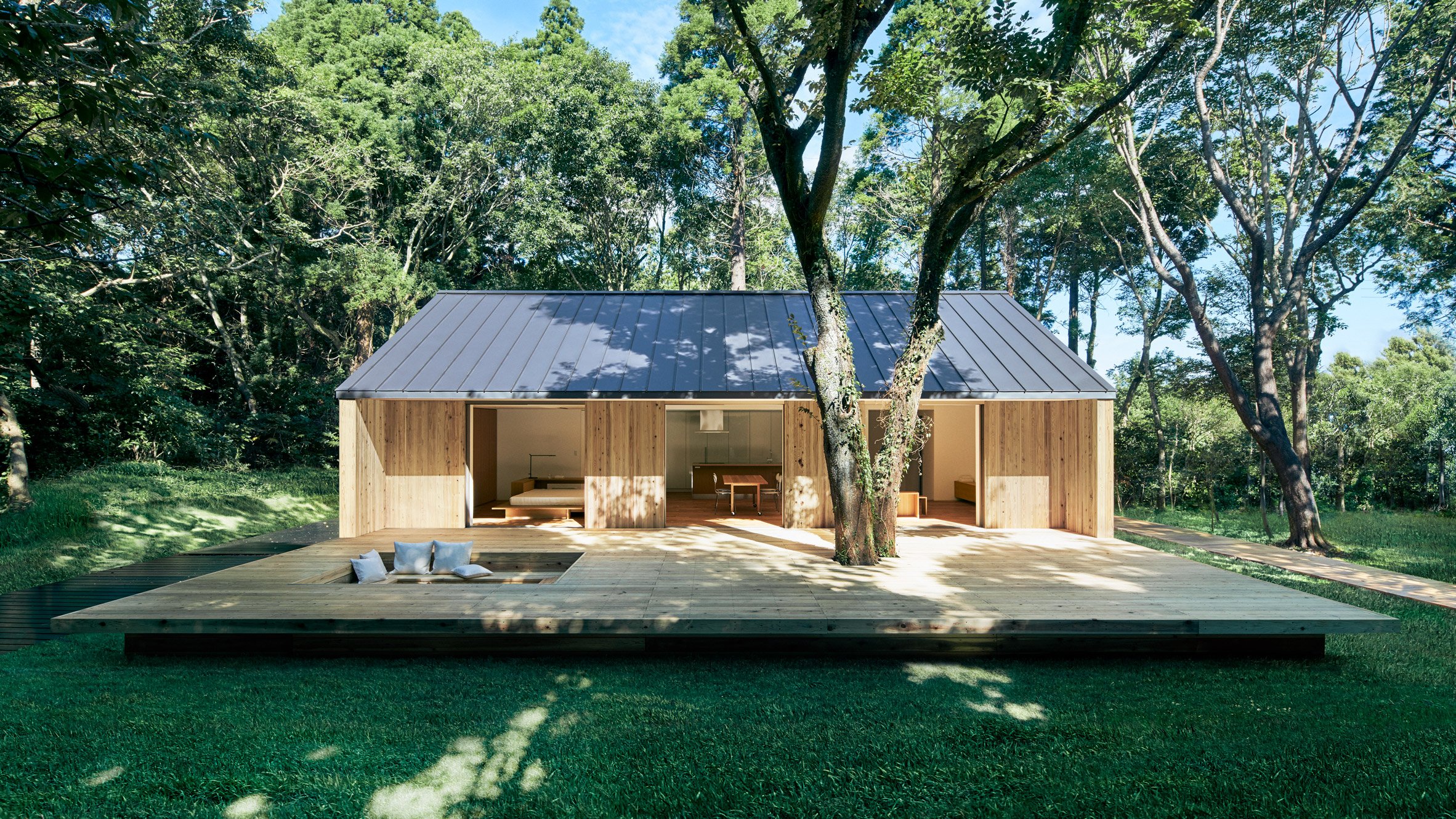MUJI prefab houses provide minimalist, prefabricated solutions for sustainable living, requiring careful planning due to modular construction and site-specific installations. This guide outlines a concise step-by-step process based on industry standards.
Essential Pre-Purchase Preparations
Before starting, ensure you meet local zoning laws, building codes, and land requirements for prefab homes in your area. Assess your budget thoroughly, as costs vary by model, size, and customization—typically starting from around $50,000 excluding land and site work.
Step-by-Step Buying Process
- Research Models and Prices: Identify available MUJI prefab models like the Wood House by reviewing specifications such as dimensions and materials. Focus on energy efficiency and design aspects to match your lifestyle needs.
- Contact Official Channels: Reach out to MUJI directly via their customer service to request detailed catalogs and check regional availability. Prepare for discussions on lead times and customizations during this inquiry phase.
- Site Assessment and Permits: Schedule a professional site evaluation to confirm foundation suitability. Simultaneously, apply for necessary building permits from local authorities to avoid delays later.
- Finalize Purchase Agreement: Negotiate contract terms, including payment schedules, delivery timelines, and included services like transport. Expect deposits upfront and full payment upon agreement confirmation.
- Prepare Land Installation: Clear and level your site before delivery, coordinating with local contractors for foundations like concrete slabs. Ensure utilities like water and electricity connections are planned.
- Delivery and Assembly: MUJI or authorized partners deliver prefab components for onsite assembly by trained technicians. This modular process often completes within weeks, requiring minimal on-site construction.
- Post-Installation Support: Activate the warranty, typically covering structural elements for several years, and schedule routine maintenance through MUJI's after-sales service.
Key Tips for Success
Always verify timelines and regulations early to prevent cost overruns. Consider hiring an independent inspector during assembly for quality assurance. Budget for unexpected expenses like landscaping or utility setups.








